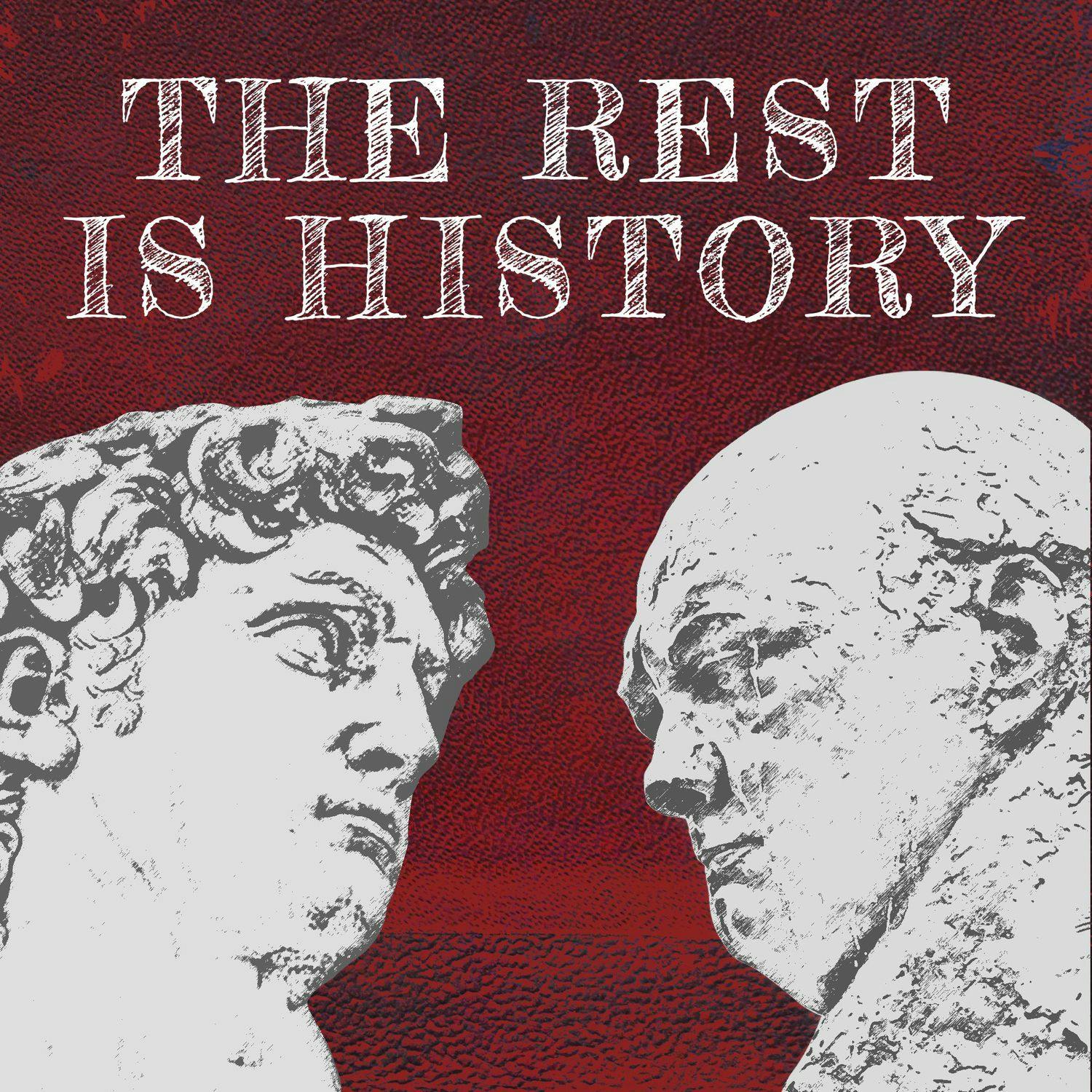
Key Insights
Why did 'La Marseillaise' become popular during the French Revolution?
It became a unifying rallying cry against foreign invaders and enemies of the Revolution.
Why did the French Revolutionaries look to ancient Rome for inspiration?
They sought a pre-Christian order and admired the early Roman Republic's values of patriotism and civic duty.
Why was Jacques-Louis David's art significant during the French Revolution?
His paintings depicted Roman-inspired themes of patriotism and sacrifice, aligning with revolutionary ideals.
Why did the Bonnet Rouge become a symbol of the French Revolution?
It represented freedom and was associated with both Roman liberty and the working-class sans-culottes.
Why did the sans-culottes adopt a Roman-inspired look?
They combined classical symbols with working-class attire to signify their revolutionary identity.
Chapters
- La Marseillaise was written in 1792 after France declared war on Austria.
- The song was brought to Paris by the fédérés from Marseille and quickly became popular.
- Its lyrics, filled with calls to arms and references to blood and tyranny, perfectly captured the revolutionary spirit.
Shownotes Transcript
“Let us march! Let us march! May impure blood water our fields!”
Written after the declaration of war against Austria in 1792, “La Marseillaise” was born in the provinces of France, away from the Parisian metropole, and immediately became popular as a unifying rallying cry against foreign invaders, and the enemies of the Revolution. It was the “fédérés” from Marseille, instrumental in the storming of the Tuileries Palace, who had first brought the song to the streets of Paris. But how did this uncomprimising, gruesome tune come to resonate with all the various factions within revolutionary France?
Join Tom and Dominic in the final part of season two of The French Revolution, as they uncover the origins of the most famous war song of them all: La Marseillaise.
LIVE SHOWS
The Rest Is History LIVE in the U.S.A.
If you live in the States, we've got some great news: Tom and Dominic will be performing throughout America in November, with shows in San Francisco, L.A., Chicago, Philadelphia, Washington D.C., Boston and New York.
Tickets on sale now at TheRestIsHistory.com
Twitter:
@TheRestHistory
@holland_tom
@dcsandbrook
Producer: Theo Young-Smith
Assistant Producer: Anouska Lewis + Aaliyah Akude
Executive Producers: Jack Davenport + Tony Pastor
Learn more about your ad choices. Visit podcastchoices.com/adchoices)

